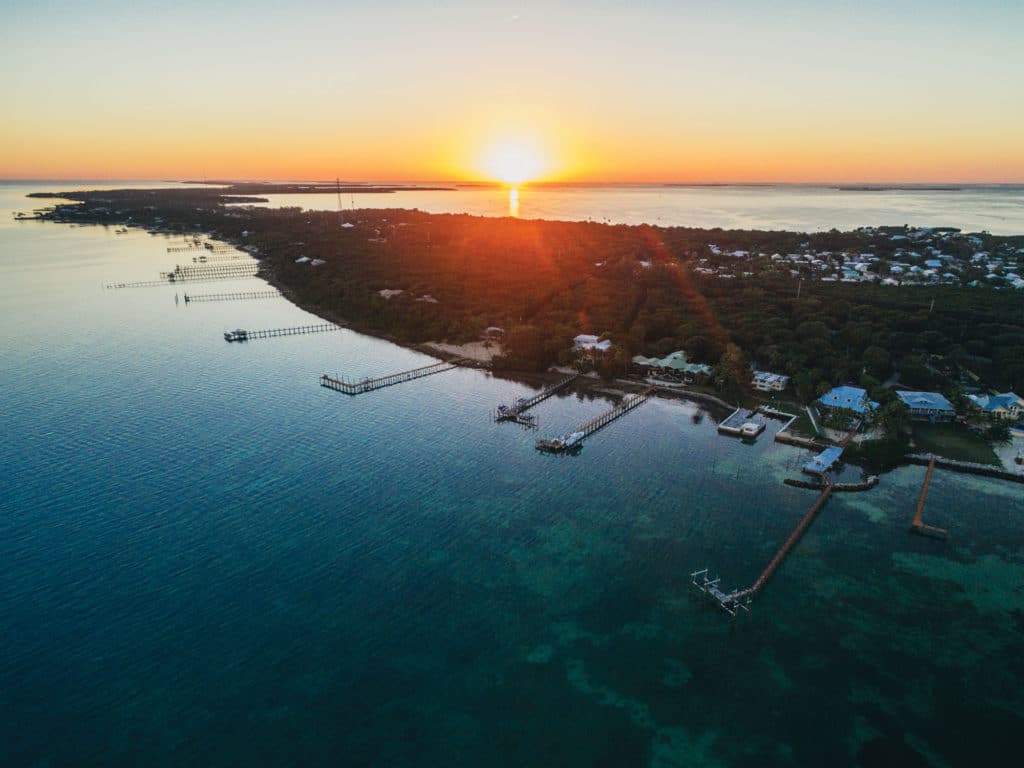
All along this Village of Islands—Plantation, Windley, Upper Matecumbe, Lower Matecumbe, Indian, Lignumvitae and Tea Table Key—bonefish use their conical snouts to push through fertile seagrass and root out a bounty of crustacean, invertebrate and small finfish forage.
Convenient for anglers, much of the action occurs over flats adjacent to Islamorada’s downtown area (mostly Upper Matecumbe), within close proximity to renowned landmarks such as Cheeca Lodge and Spa, Worldwide Sportsman, Library Park, the 1935 Hurricane Monument and Robbie’s Marina.
Bonefish roam oceanside flats, especially when clear, calm days facilitate sight-fishing, but Florida Bay’s vast habitat holds the lion’s share. The bayside also offers more wind breaks on blustery days.
Capt. Jared Raskob says fresh shrimp or crushed blue crab top the natural baits, while fly-fisherman often fool bones with crustacean patterns. Whatever your choice, know that Islamorada bones are a wily lot with zero tolerance for intrusion.
“It’s like playing a game of chess,” Raskob says. “You’re trying to find a way to get your bait into their window of opportunity without them knowing how it got there.”
Get it right and your hook-set launches a shallow-water missile that’ll disappear half your spool in a blink. Blow it with a splashy cast or too much pressure wake and bonefish will validate their nickname, “gray ghost.”
Learn to catch ’em here and you can catch these shiny speedsters anywhere they swim.








